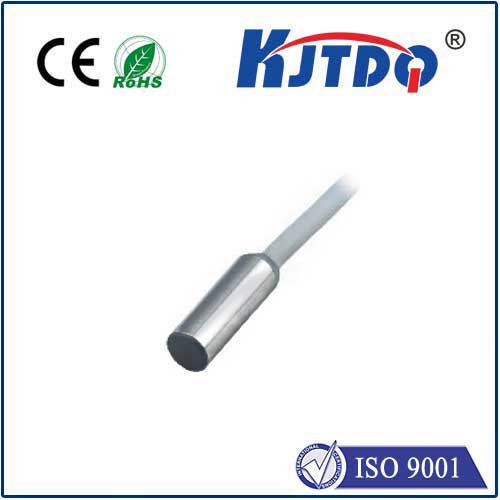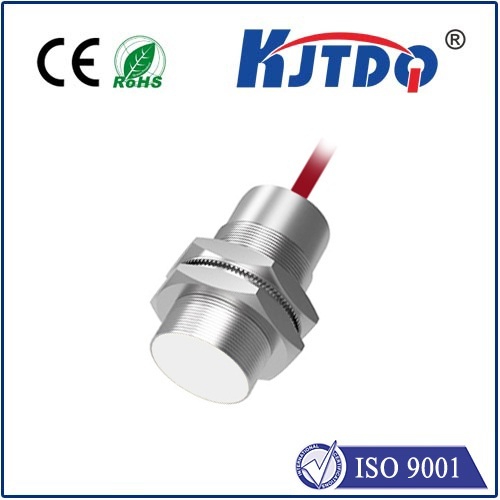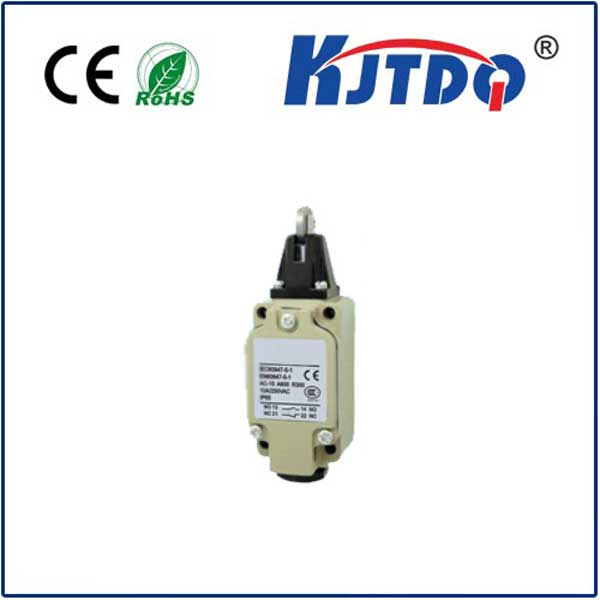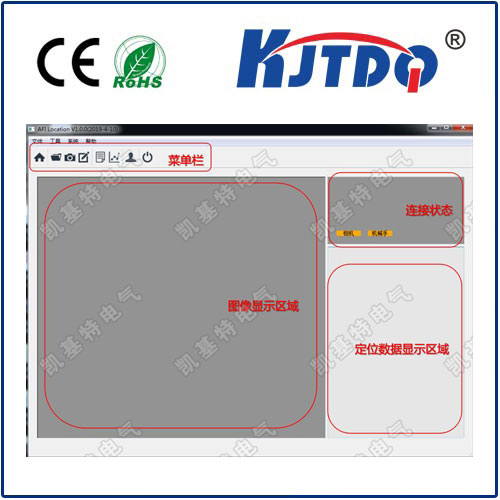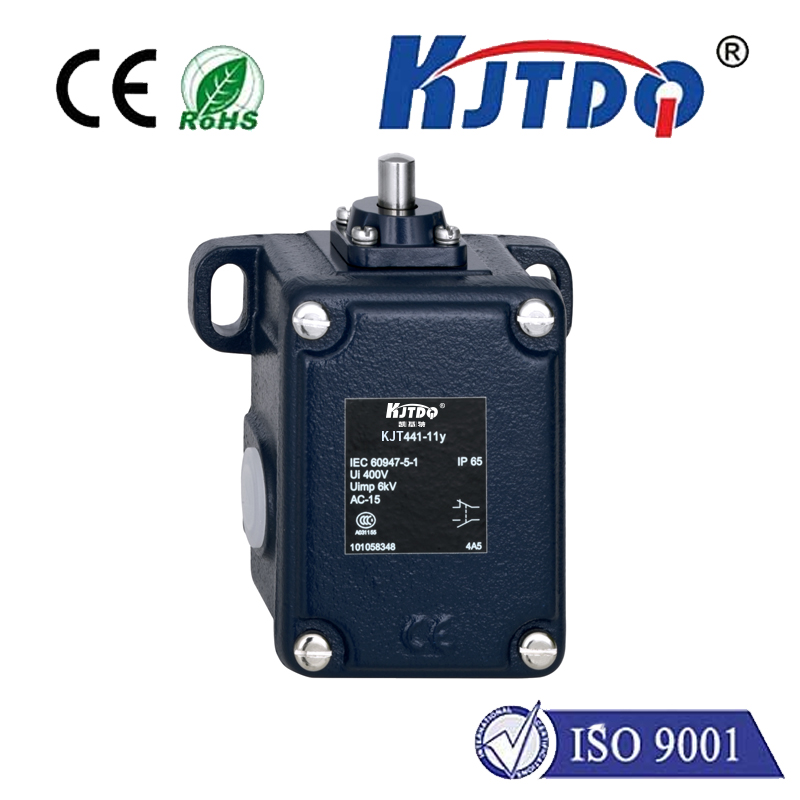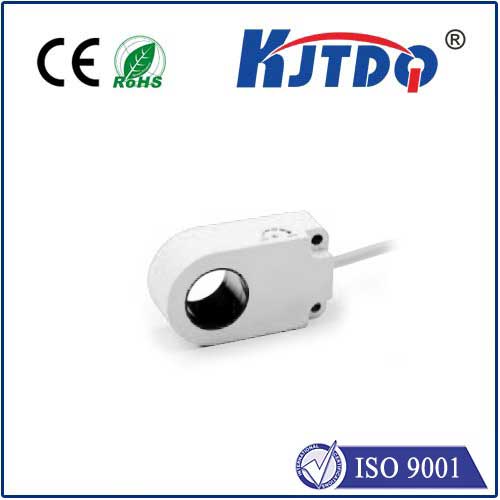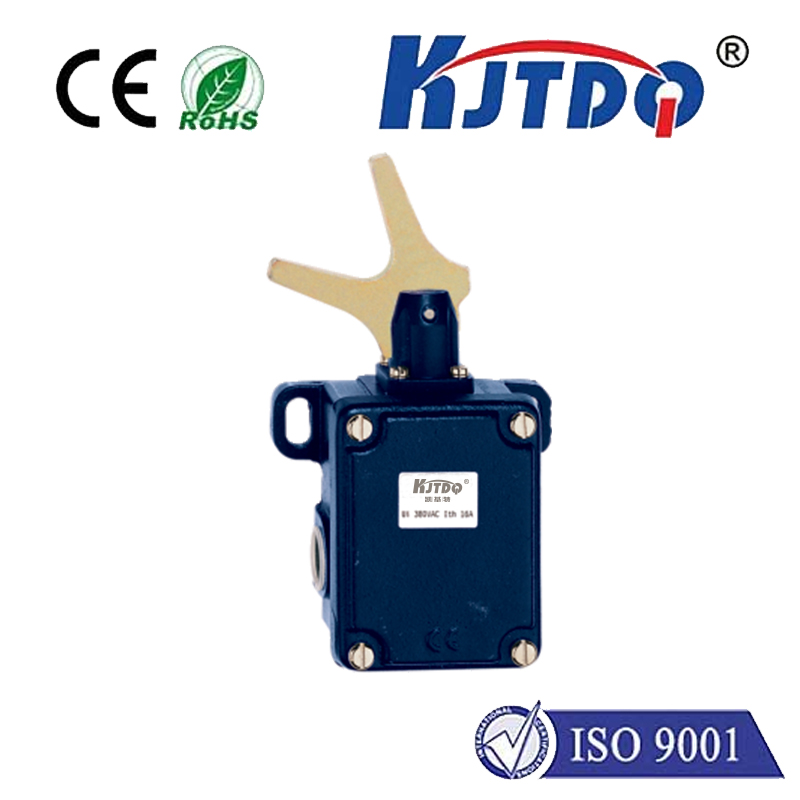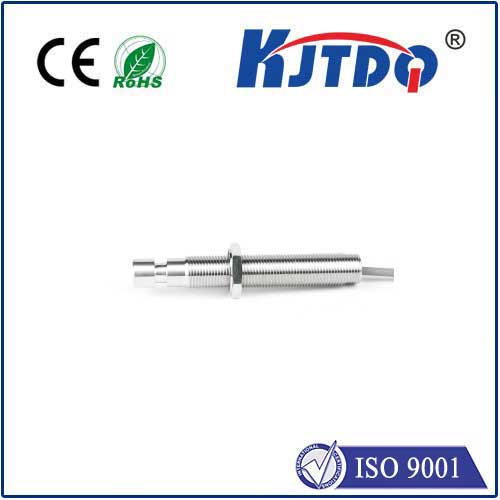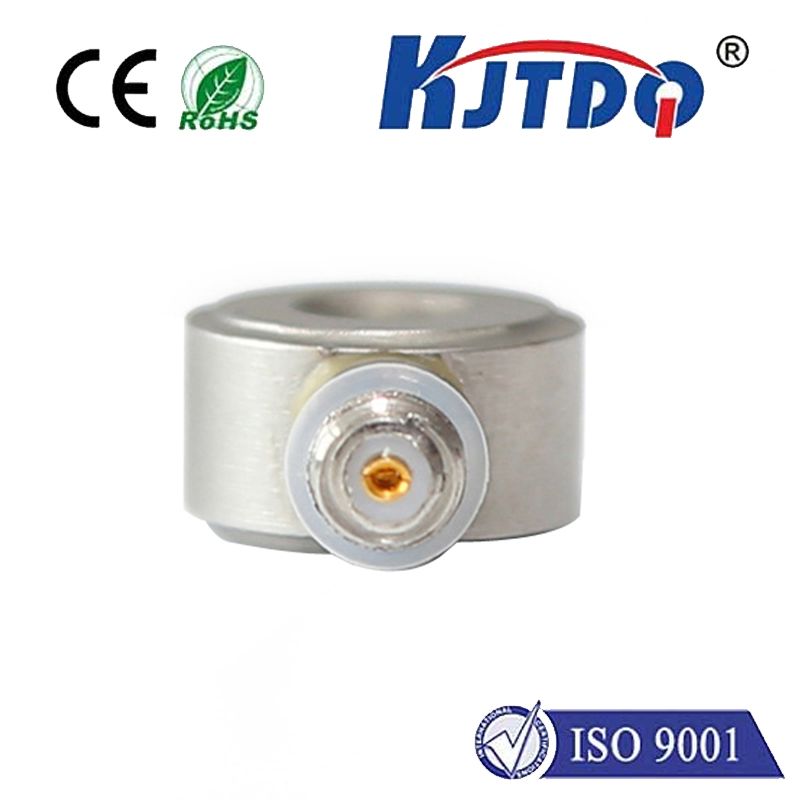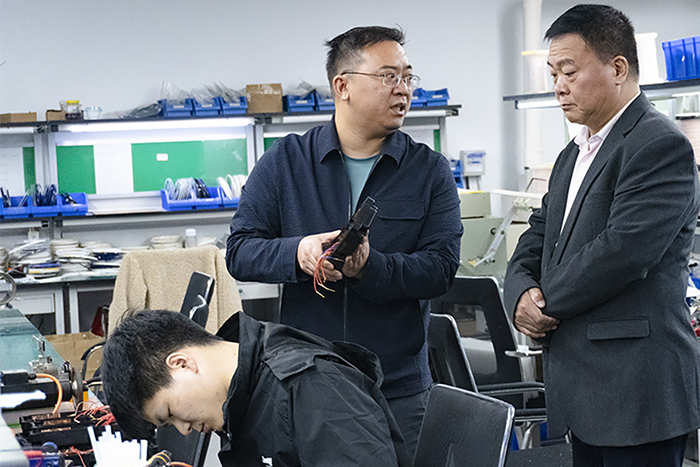
check

check
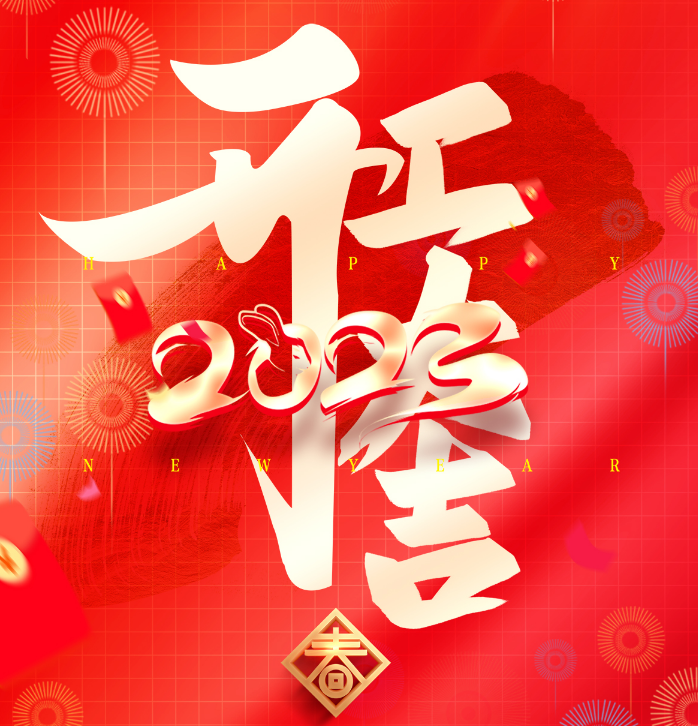
check
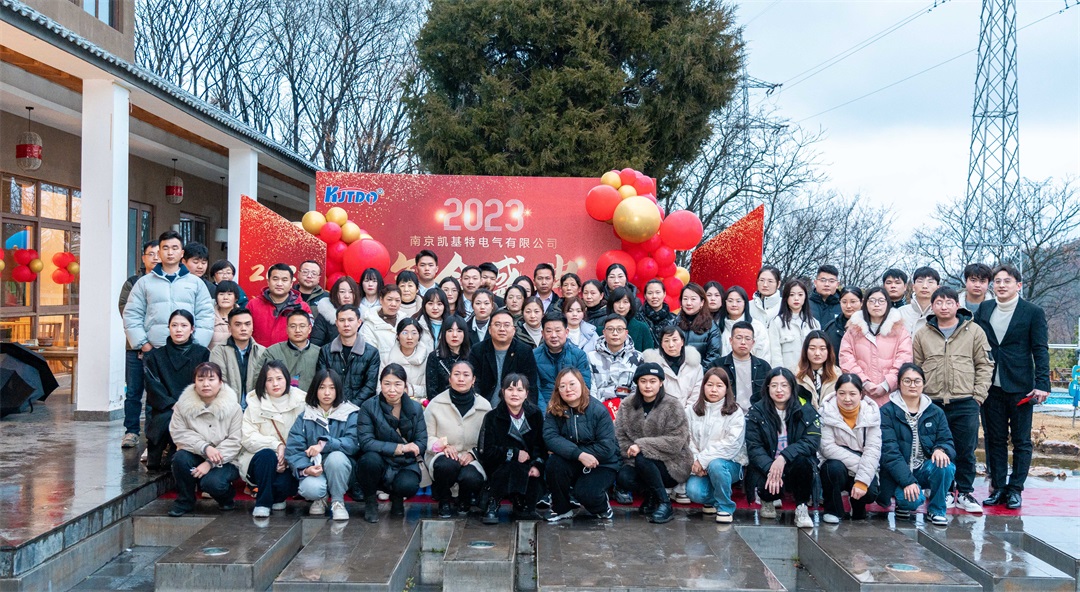
check
When you think of Louis Vuitton (LV), images of luxury handbags and high-fashion runway shows likely come to mind. Meanwhile, NH62 and KEYENCE might evoke thoughts of industrial-grade materials or precision measurement technology. At first glance, these three terms seem worlds apart. But dig deeper, and you’ll discover a fascinating intersection where haute couture meets cutting-edge engineering—a story of innovation, durability, and the future of manufacturing.
The term NH62 might puzzle those unfamiliar with industrial standards. In material science, NH62 often refers to a specific type of corrosion-resistant alloy or a standardized color code used in industrial coatings. When paired with Louis Vuitton, however, it takes on new meaning. Recent collaborations between luxury brands and tech-driven manufacturers have redefined how materials are engineered for both aesthetics and function. Louis Vuitton’s foray into experimental materials—think lightweight yet durable metals for luggage hardware or weather-resistant fabrics—has led to partnerships with companies specializing in advanced alloys. NH62-grade materials, known for their resilience and adaptability, are now being integrated into LV’s product lines. This isn’t just about durability; it’s about creating timeless pieces that withstand both physical wear and shifting consumer trends.

Enter KEYENCE, a global leader in sensor systems, vision technology, and measurement instruments. While the brand may not be a household name, its impact on industries—from automotive to aerospace—is profound. KEYENCE’s tools ensure micron-level precision in manufacturing, a critical factor for companies like Louis Vuitton that demand flawless finishes on their products. Imagine a Louis Vuitton trunk: its iconic monogram pattern, the seamless alignment of rivets, the exact shade of its leather trim. Achieving this perfection requires more than skilled artisans—it relies on KEYENCE’s 3D scanners and automated inspection systems. These technologies detect imperfections invisible to the human eye, ensuring every product meets LV’s exacting standards.
In 2023, Louis Vuitton unveiled a limited-edition travel collection featuring hardware made from NH62 aluminum alloy. The project’s success hinged on collaboration with KEYENCE. Here’s how it worked:
The LV-NH62-KEYENCE trifecta isn’t an isolated case. Across sectors, brands are breaking silos to merge creativity with technical prowess. Consider these trends:
For entrepreneurs and engineers alike, the LV-KEYENCE story offers actionable insights:
While Louis Vuitton and KEYENCE operate in vastly different realms, their collaboration underscores a universal truth: innovation thrives at the intersection of disciplines. As AI, IoT, and advanced materials continue to evolve, expect more unlikely partnerships—and prepare to rethink what your industry can achieve. So, the next time you spot an LV suitcase or a KEYENCE sensor, remember: behind every stitch and every micro-measurement lies a world of hidden connections, waiting to be explored.
